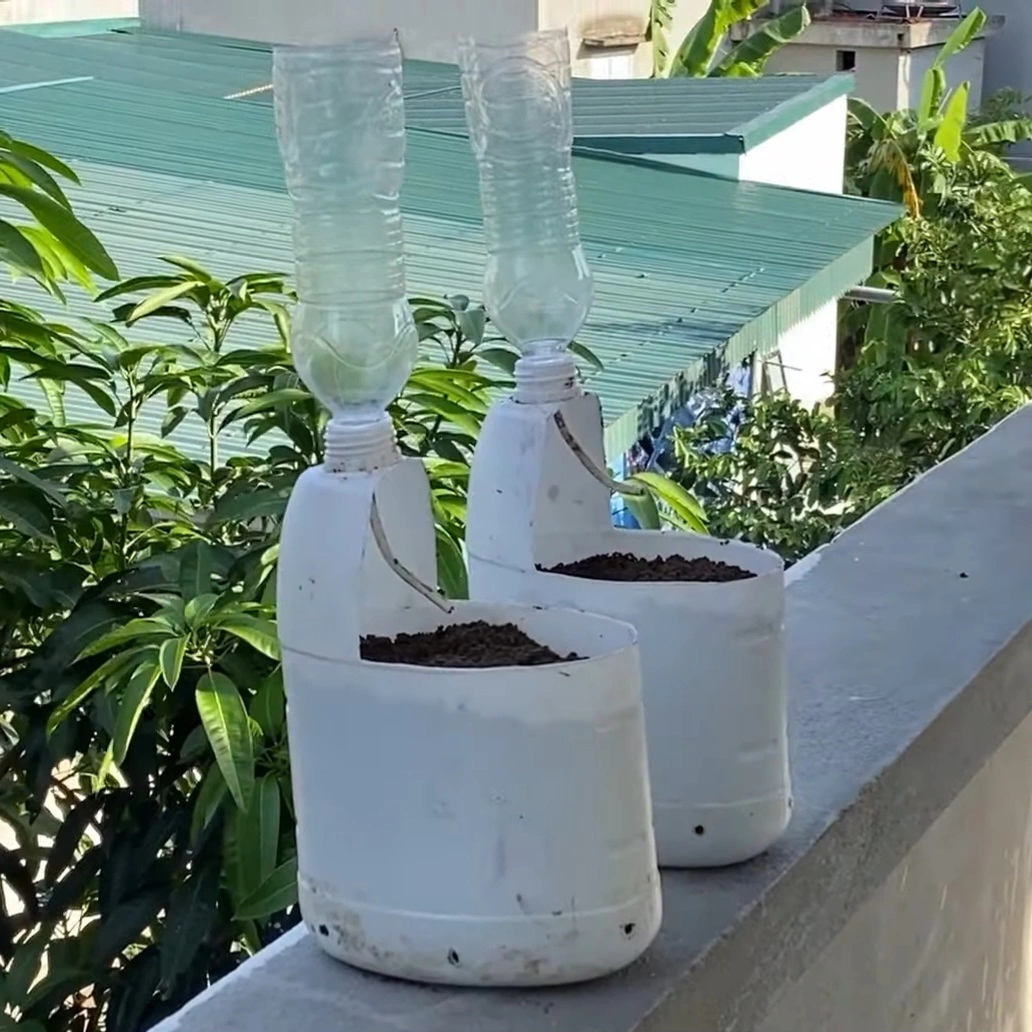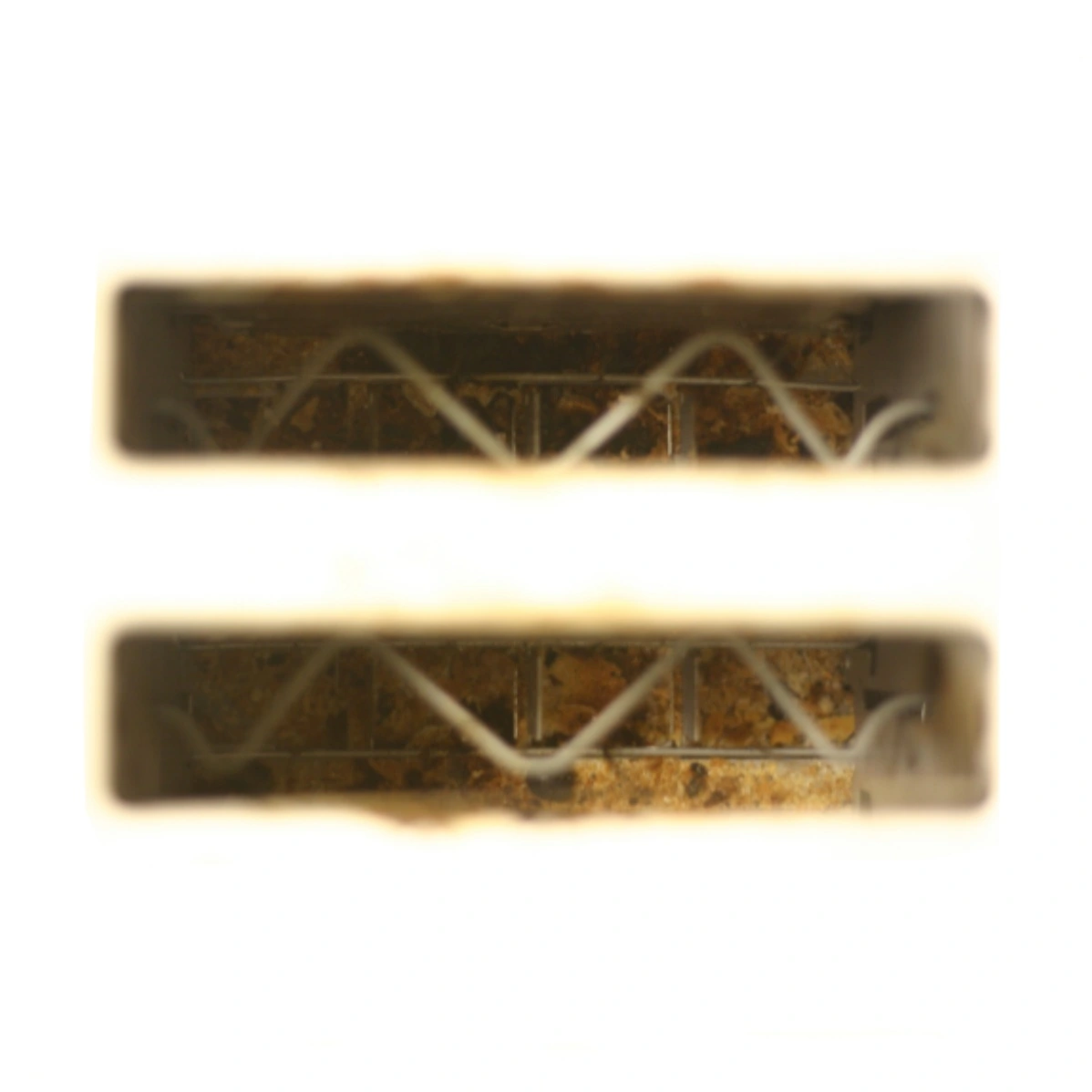When it comes to plastics, the saying goes: 4, 5, 1, 2, all the rest are bad for you.
However, #1 (PET) is not ideal since it’s often thin and intended for single use (think plastic water bottles) . Hence, it breaks down quicker and may pose a risk of leaching.
Consider re-using these for your gardens.
#4 - LDPE
#5 - PP
#2 - HDPE

-
The resin identification code symbol isn’t the recycling symbol, and the fact that trademark law failed to protect the recycling symbol is bullshit.
-
Wouldn’t it be simpler to just say “don’t use #3 (PVC), #6 (styrofoam), and #7 (other)?”
-
I wish the article had a section discussing PLA, which, although being #7, IMO deserves its own category because it’s “sustainable” due to being made from corn instead of petroleum and because it’s a really common 3D printing material.
Woah. Actually I think that is better because reading “4, 5, 1, 2 all the rest are bad for you” didn’t make me realise that I have a bunch of styrofoam boxes that I’m using as planters. It’s no drama though - everything I planted in those died.
I’m surprised PVC is bad for you though? Our retic system is all PVC pipe. Wouldn’t most market gardens use PVC also? Everywhere in Asia uses PVC for potable water.
PVC has been used as water pipe for decades, but recently has seen greater scrutiny about chemicals leaching out. PEX is becoming more common now, but that is not perfect either.
-
Honestly, you shouldn’t probably just use hdpe and pp if you’re concerned about ea leaching.
And if there is exposure to UV radiation (sunlight), then hdpe is the better option. However one can either use UV protected pp, paint or cover the pp to mitigate the UV effects.
There is more to be said about micro plastics however and a lot is still unknown.



